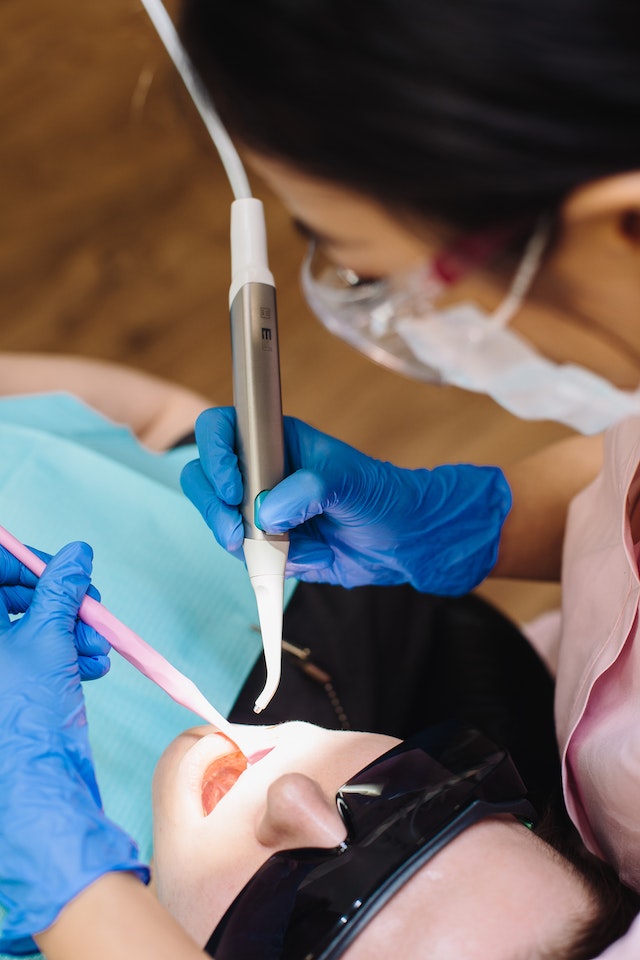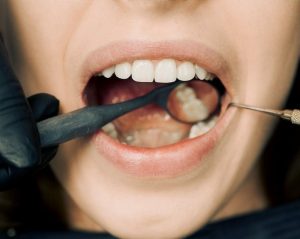A Comprehensive Guide to Managing Gum Disease for Better Oral Health
Gum disease, also known as periodontal disease, is a common oral health concern that affects millions of people. If left untreated, it can lead to serious dental problems and even impact your overall health. In this comprehensive guide, we will explore the causes, symptoms, and effective management strategies for gum disease. Dr. Michael Harris, a distinguished periodontist with over 20 years of experience, offers expert insights to help you regain and maintain a healthy smile.
Understanding Gum Disease: Causes and Consequences
Before we dive into the details, it’s essential to understand the causes and consequences of gum disease. Dr. Harris sheds light on the factors that contribute to this condition and the potential consequences for your oral health.
Spotting the Signs: Symptoms of Gum Disease
Gum disease doesn’t always present obvious symptoms. In this section, we’ll discuss the signs to watch out for and how to recognize the presence of gum disease in its early stages.
Symptoms of Gum Disease Table
| Common Symptoms | Description |
|---|---|
| Bleeding Gums | Gums that bleed when brushing or flossing |
| Swollen Gums | Inflammation and puffiness of the gums |
| Bad Breath | Persistent bad breath despite oral hygiene |
| Receding Gums | Gums that appear to be pulling away from teeth |
| Loose Teeth | Teeth that feel loose or shift position |
| Pus Between Teeth | Presence of pus between teeth or along the gumline |
Types of Gum Disease: Gingivitis and Periodontitis
Understanding the different types of gum disease is crucial for effective management. Dr. Harris explains the key differences between gingivitis and periodontitis, including their causes and progression.

Gingivitis vs. Periodontitis Table
| Aspect | Gingivitis | Periodontitis |
|---|---|---|
| Disease Stage | Early stage, primarily affecting the gums | Advanced stage, involving deeper gum and bone |
| Common Causes | Poor oral hygiene, plaque buildup | Untreated gingivitis, bacterial infections |
| Reversible | Yes, with proper care | Partially reversible, some damage may be permanent |
| Irreversible Damage | Rare | Gum and bone damage can be irreversible |
Effective Management Strategies for Gum Disease
Once you’ve identified gum disease, it’s essential to know how to manage it effectively. Dr. Harris provides a comprehensive overview of strategies for addressing and mitigating gum disease.
The Role of Professional Treatment
In some cases, professional treatment is necessary to manage gum disease effectively. This section outlines the various treatment options, from scaling and root planing to surgical interventions.
Professional Treatment Options Table
| Treatment Option | Description |
|---|---|
| Scaling and Root Planing | Deep cleaning to remove plaque and tartar |
| Pocket Reduction Surgery | Reducing pocket depth for better oral hygiene |
| Bone Grafts | Rebuilding bone damaged by periodontitis |
| Gum Grafts | Repairing receding gums for aesthetic purposes |
| Antibiotics | Medications to control bacterial infections |
Preventing Gum Disease: Daily Oral Care Practices
Prevention is always the best approach to gum disease. Dr. Harris offers practical tips for maintaining good oral hygiene and reducing the risk of gum disease.|
Types of Gum Disease: Gingivitis and Periodontitis
There are two primary types of gum disease, each with distinct characteristics:
Gingivitis is the early stage of gum disease and primarily affects the gums. It is often caused by poor oral hygiene and the buildup of plaque. The good news is that gingivitis is usually reversible with proper care.
Periodontitis is an advanced stage of gum disease that involves deeper gum and bone structures. It may result from untreated gingivitis and can cause irreversible damage to gum and bone tissue.
Effective Management Strategies for Gum Disease
Managing gum disease involves a combination of self-care and professional treatment:
- Oral Hygiene: Improved brushing and flossing to remove plaque and reduce inflammation.
- Dietary Changes: Reducing sugary and acidic foods that promote plaque formation.
- Smoking Cessation: Quitting smoking to reduce the risk and severity of gum disease.
- Regular Dental Check-ups: Frequent visits to the dentist for professional cleanings and check-ups.
Photo by Arvind Philomin: https://www.pexels.com/photo/dentist-checking-teeth-of-a-person-12148417/
The Role of Professional Treatment
In some cases, professional treatment is necessary to manage gum disease effectively:
- Scaling and Root Planing: A deep cleaning procedure to remove plaque and tartar from below the gumline.
- Pocket Reduction Surgery: A surgical procedure to reduce the depth of gum pockets, making them easier to clean.
- Bone Grafts: Rebuilding bone damaged by periodontitis.
- Gum Grafts: Repairing receding gums for aesthetic and functional purposes.
- Antibiotics: Prescribed to control bacterial infections associated with gum disease.
Preventing Gum Disease: Daily Oral Care Practices
Prevention is the best strategy for managing gum disease. Incorporate these daily practices into your routine:
- Brushing: Brush your teeth twice a day using fluoride toothpaste.
- Flossing: Floss daily to remove plaque and debris between teeth.
- Rinsing: Use an antiseptic mouthwash to reduce bacteria in your mouth.
- Regular Check-ups: Visit your dentist for check-ups and professional cleanings.
Expert Advice from Dr. Michael Harris
In the final section, Dr. Harris shares his expert insights and recommendations for effectively managing gum disease and maintaining excellent oral health. His extensive experience in periodontology makes his guidance invaluable.
Conclusion
Gum disease is a common condition, but it is entirely manageable with the right knowledge and practices. By understanding the causes, symptoms, and effective management strategies discussed in this guide, you can take control of your oral health and maintain a radiant smile. Remember, prevention and early intervention are key to a healthy mouth and a confident smile.





